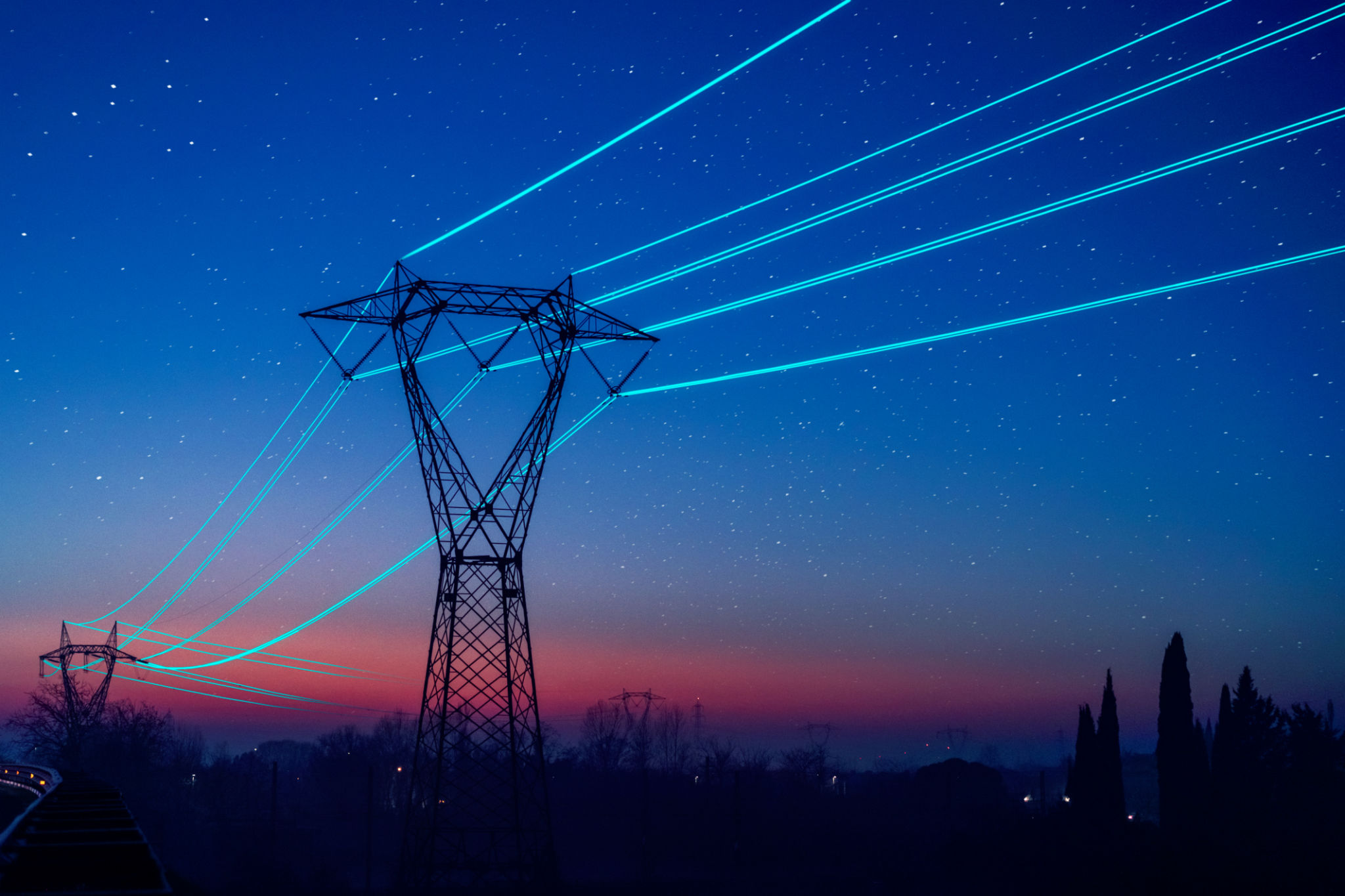Expert Insights: Choosing the Right Avian Protection Device for Your Power Lines
Understanding Avian Protection Devices
Power lines pose significant risks to birds, leading to injuries or fatalities through collisions and electrocution. Avian protection devices are essential tools for mitigating these risks, ensuring both the safety of bird populations and the reliability of power systems. These devices come in various forms, each suited to specific situations and environments.
When considering avian protection devices, it is crucial to understand how they function. Generally, these devices are designed to make power lines more visible to birds or to physically prevent them from making contact with dangerous electrical components. Understanding these fundamental purposes will guide you in selecting the right solution for your needs.

Types of Avian Protection Devices
The market offers a range of avian protection devices tailored for different scenarios. Visual deterrents, such as bird diverters or reflectors, work by making power lines more visible to birds in flight. These can be particularly effective in areas with high bird traffic.
On the other hand, physical barriers like perch deterrents and conductor covers are designed to prevent birds from landing on or near hazardous areas. These are often used in regions where birds are known to roost or nest close to electrical infrastructure.

Factors to Consider When Choosing a Device
Several factors must be considered when selecting the appropriate avian protection device for your power lines. First, identify the bird species that frequent the area. Different species have varying flight patterns and behaviors that may necessitate specific types of deterrents.
Additionally, assess the environmental conditions. Locations prone to strong winds or adverse weather might require sturdier devices that can withstand harsh elements. Also, consider the geographical location and the visibility of the power lines within the landscape.

Installation and Maintenance
Proper installation is key to ensuring the effectiveness of avian protection devices. Working with experienced professionals who understand both the technical and environmental aspects of installation can make a significant difference. Regular maintenance checks are also essential to ensure that the devices remain in good condition and continue to function as intended.
Maintenance involves inspecting the devices for wear and tear, as well as ensuring they have not been dislodged or damaged by weather or other factors. Routine evaluations can help identify potential issues early, allowing for timely interventions.
The Benefits of Avian Protection
Implementing avian protection devices offers several benefits beyond safeguarding bird populations. These measures help in maintaining system reliability, as bird-related outages can be costly and disruptive. By reducing the risk of outages, power companies can improve efficiency and customer satisfaction.
Moreover, avian protection contributes to environmental conservation, aligning with broader sustainability goals. This not only benefits ecosystems but also enhances the public image of power companies as responsible stewards of the environment.
In conclusion, choosing the right avian protection device involves a careful assessment of environmental factors, bird behavior, and technical requirements. By taking a comprehensive approach, power companies can effectively protect both their infrastructure and the wildlife that coexists with it.